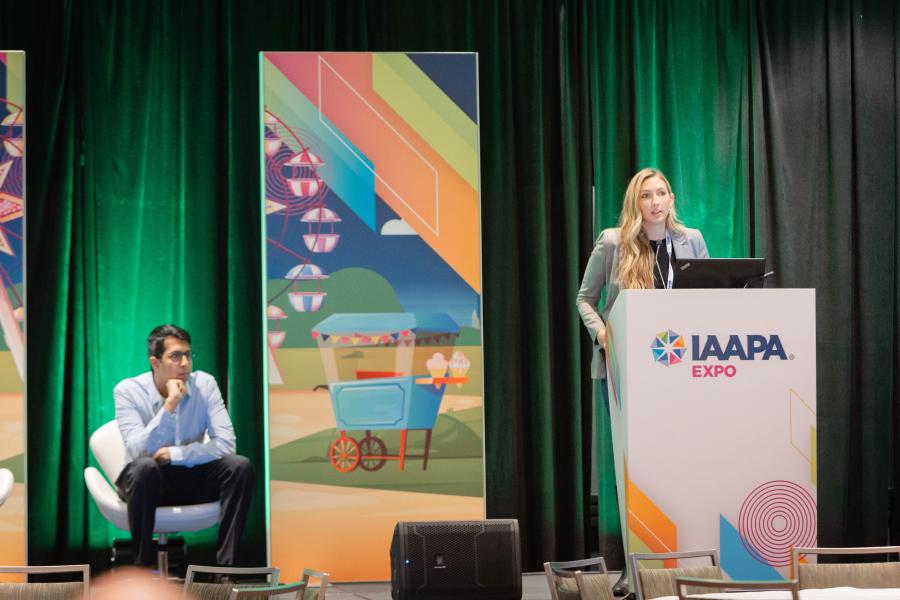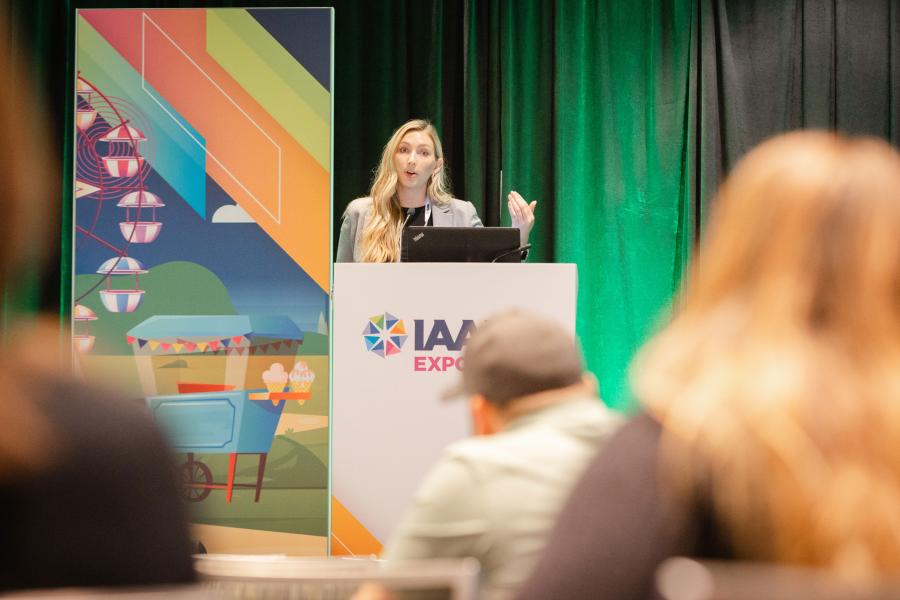Food and Beverage (F&B) operators consistently stay on top of costs, especially during economic times when revenue is flat—a situation faced by many attractions today. However, the key to driving efficiency starts on the income side of the ledger, according to the "Operational Health: How Efficiencies in Labor and Waste Drive Sustainability and Profitability" EDUSession held at IAAPA Expo 2023 in Orlando.
“Understand where you're earning revenue—what hours of the day, what days of the week and so on—and then really tie your labor spend to those specific periods of time,” explains Palace Entertainment chief operating officer Anil Rao. Palace Entertainment, which is a subsidiary of Parques Reunidos, runs 15 parks in the United States including Kennywood Park in Pennsylvania and Sea Life Park in Hawaii.
“We map every food stand in our facilities, how many transactions it had per hour, then how many labor hours were used across the day,” says Rao. “You want to have as close of a map as possible of labor hours to the dollar spent. If you're not earning money, then you don't want to be spending money.”
According to Rao, mapping labor costs to sales saved Palace Entertainment $750,000 last year. At Dutch Wonderland, for example, the company observed that there were too many staff working to open and close food stalls. By reducing staffing by two to three people, Palace Entertainments generated nearly $50,000 in savings from a single food stand, without any impact to the product quality or reduction in revenue.
No employees were laid off, either. Instead, they were reassigned to other food stands and revenue-generating operations like retail and the front gate. “We have a massive need for seasonal labor in our parks,” Rao notes. “So, our efforts to cut [manpower] in food are really to extend hours of operation and to make for a better guest experience.”
Employee Retention
Since the pandemic, many attractions have faced staffing shortages. But even in an operating environment not characterized by a labor crunch, employee turnover is costly — at least several thousand dollars per person, for recruitment, training and productivity losses.
“People are willing to move quickly, so focus on ways to retain your employees, making sure that they feel valued and are paid in line with competitors, or however much you can,” advises Taylor Ceithaml, a senior vice president at AlixPartners, a management consulting firm that focuses on corporate turnaround and performance improvement. “And really make sure that they're feeling listened to and heard.”
“Retention is top of mind,” agrees Rao. “What I’ve found is many top performing employees want to try new things — operating a different ride or learning something new in retail.”
Food Costs
After manpower costs, the next biggest expense for F&B operations is the cost of goods sold. Food prices, in particular, have increased substantially over the past several years, and while inflation is easing, these costs continue to rise. Input costs are exacerbated by food wastage through unsold cooked food, as well as spoiled ingredients that must be discarded.
Reducing food waste and optimizing expenditure in the process, is not as straight-forward as simply saying, “Don’t cook so much.”
Understanding sales is the key to managing these costs as well. Attractions can start by continually collecting data to monitor when sales are greatest, which items are popular and which need to be replaced.
“Forecast your sales so you know what to produce and when,” Ceithaml advises. “Make sure you're not over producing.”
Ceithaml advises clients to keep tabs on ingredients to ensure that the appropriate quantities are being used. Easy-to-follow recipes, clear training documentation and signage as well as performance-based bonuses will help reduce food waste and cut costs.
“Look at the process when you’re cooking,” she says. “Make sure you are not filling the plate with a bunch of extra ingredients and are [following] the standards set within each recipe.”



